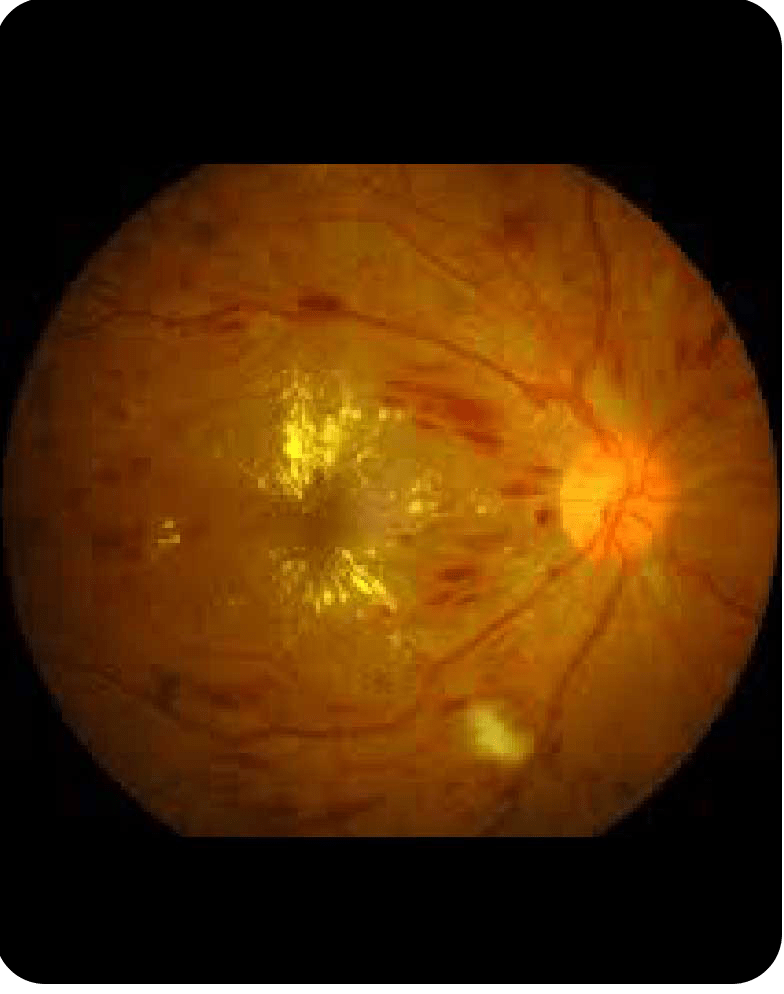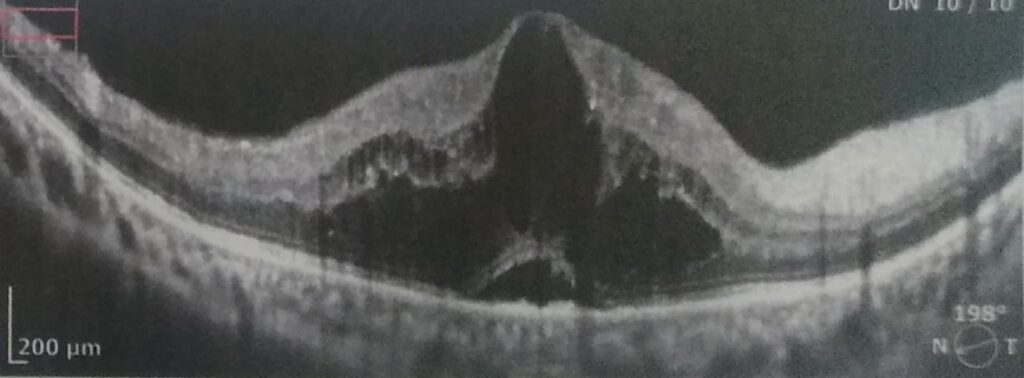
Retinal diseases can sound scary but understanding them is the first step to managing them. Your retina is the light-sensitive layer at the back of your eye that sends visual information to your brain. When it’s not functioning properly, it can lead to serious vision problems. In this blog, we’ll explore some common retinal diseases, their symptoms, how they’re diagnosed, and the treatment options available. By the end, you’ll have a clearer picture of conditions like macular degeneration, diabetic retinopathy, hypertensive retinopathy, and retinitis pigmentosa.
What is Retina?
The retina is a thin layer of tissue that lines the back of the eye on the inside. It receives light that the lens has focused, converts it into neural signals, and sends these signals to the brain for visual recognition. When the retina is damaged, it affects our vision significantly.
Common Retinal Threats: Knowing the Enemy
Several conditions can affect the retina, but let’s focus on four frequently encountered ones:
- Macular Degeneration (AMD): A frequent foe for those over 50, AMD damages the macula, the central part of the retina responsible for sharp central vision.
- Warning Signs: Blurred central vision, difficulty reading, distorted straight lines.
- Diabetic Retinopathy: Diabetes can damage blood vessels in the retina. Left unchecked, it can lead to vision loss.
- Symptoms to Watch Out For: Floaters (black spots in your vision), blurred vision, dark visual field defects.
- Hypertensive Retinopathy: High blood pressure can also harm the retina’s blood vessels.
- Potential Signs: Headaches, vision problems, swollen optic nerve, double vision.
- Retinitis Pigmentosa (RP): A group of inherited disorders that cause the retina’s cells to break down, affecting how it responds to light.
- Symptoms You Might Experience: Night blindness, loss of peripheral vision, trouble seeing in low light.
Early Detection is a Key
The good news? Early detection is crucial for managing most retinal diseases. Regular eye exams are vital, especially if you have risk factors like diabetes, high blood pressure, or a family history.
Diagnosis

Your eye doctor will use a combination of tests to diagnose retinal problems. These may include:
- Visual Acuity Test: Measures how well you see at different distances.
- Dilated Eye Exam: Allows a clearer view of the retina.
- Imaging Tests: Techniques like Optical Coherence Tomography (OCT) or Fluorescein Angiography create detailed pictures of the retina.
Treatment Options: Fighting for Your Vision
While some retinal diseases have no cure, treatment options can help manage them and slow their progression. Here are some common approaches:
- Anti-VEGF Injections: Injections that applied inside your eyes to target abnormal blood vessel growth and swelling in the eye.
- Laser Treatment: Used to seal leaking blood vessels.
- Vitrectomy: Surgery to remove blood from the vitreous gel in the center of the eye.
- Medications: To control blood sugar or blood pressure depending on the underlying cause.

- Vitamin A Supplements: May help slow the course of retinitis pigmentosa.
- Lifestyle Changes: Maintaining a healthy diet, regular eye checkups, exercising regularly, and quitting smoking can significantly benefit your eye health.
Taking Charge of Your Eye Health
Early detection of retinal diseases is crucial in managing and slowing their progression. Regular eye exams are essential, especially if you have risk factors like diabetes, high blood pressure, or a family history of retinal diseases.
Here are some ways to keep your eyes healthy:
- Eat a balanced diet: Rich in fruits, vegetables, and essential nutrients.
- Maintain a healthy weight: Obesity is a risk factor for several eye diseases.
- Don’t smoke: Smoking significantly increases the risk of retinal problems.
- Schedule regular eye exams: Yearly check-ups are essential for early detection and treatment.
We Care About Your Vision
References
- American Academy of Ophthalmology. (2023). Retinal Diseases. Retrieved from https://www.aao.org/
- National Eye Institute. (2023). Age-Related Macular Degeneration. Retrieved from https://www.nei.nih.gov/
- Mayo Clinic. (2023). Diabetic Retinopathy. Retrieved from https://www.mayoclinic.org/
- American Diabetes Association. (2023). Diabetic Eye Disease. Retrieved from https://www.diabetes.org/
- National Center for Biotechnology Information. (2023). Hypertensive Retinopathy. Retrieved from https://www.ncbi.nlm.nih.gov/
- Foundation Fighting Blindness. (2023). Retinitis Pigmentosa. Retrieved from https://www.fightingblindness.org/
By keeping informed and proactive, you can help protect your vision and enjoy a better quality of life.


